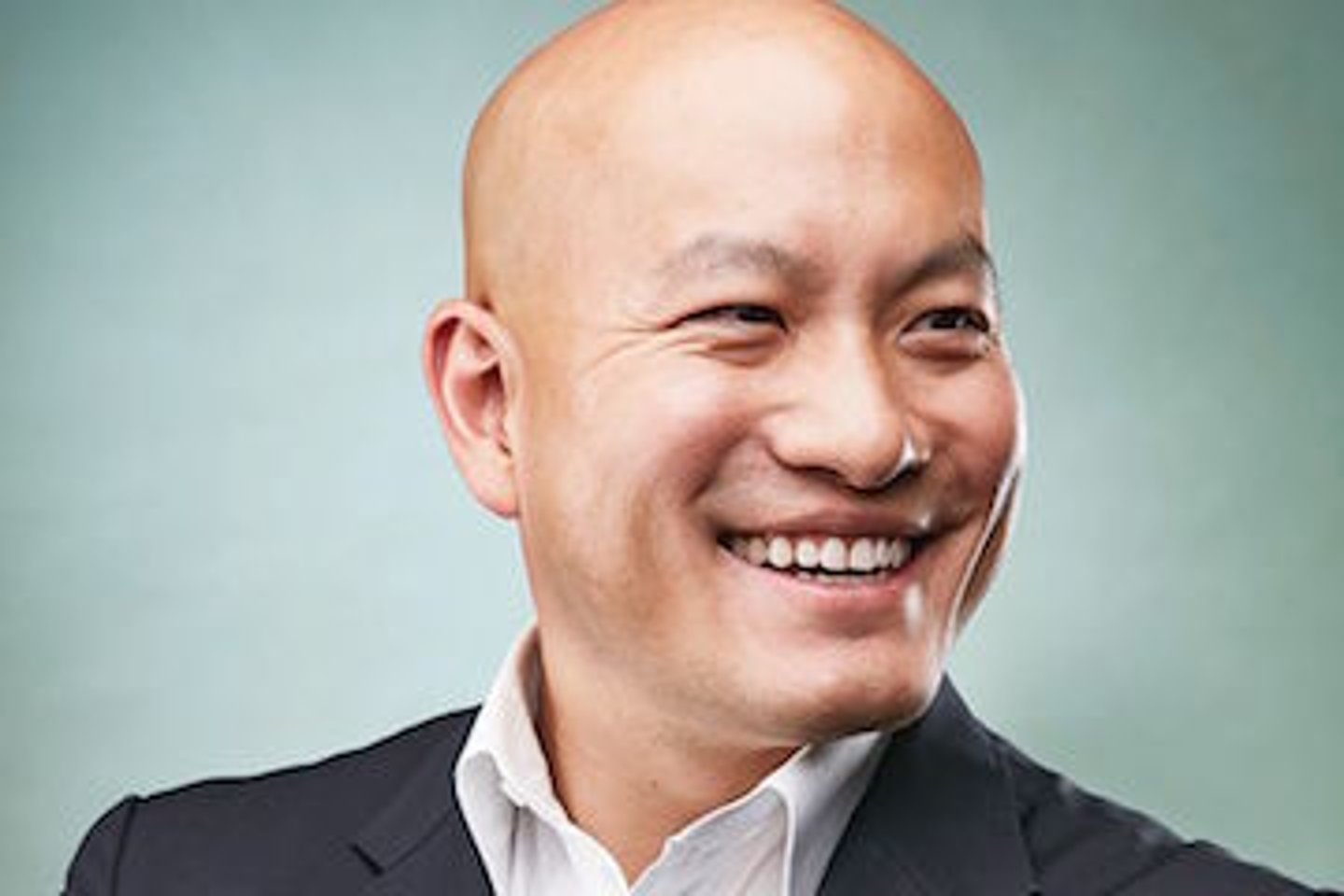Flipp CEO on the personalized future of coupons
Wehuns Tan and three co-founders started Toronto-based product search engine Wishabi in 2007. The company launched the Flipp digital coupon and flyer app in 2013, and adopted the moniker itself two years later. Current clients include Walmart, Target and Sobeys. He shared his take on how retailers are engaging with consumers in an increasingly fractured advertising landscape:
“Newspapers had $60 billion in U.S. revenue in the year 2000. Since then, every three years, $10 billion of that has gone to digital. But, it hasn’t gone to digital display advertising or search; it has created new digital marketplaces. The first was classifieds—15 years ago, we’d go to the newspaper to get them. Now we go to Craigslist and Kijiji. So all of that revenue went from newspapers to digital. Then it was autos, then real estate, then recruiting.
“The last transformation of analog to digital is on the retail front. Every company that’s tried to attack this issue has just tried to digitize print. But, you have to transform the experience. In our world, that’s about personalization. The print flyer is a mass mechanism—you may not eat meat, yet you get a flyer featuring meat. So why not make that personalized and targeted to what you want? And that’s what we enable.
“At a high level, Flipp connects retailers and consumers. Our consumer offering is the Flipp app, which has been downloaded more than 13 million times. The app provides users with a digital flyer to help them make their shopping decisions, and gives them tools to make lists, browse, circle different items and access coupons. Our retailer offering is really an enterprise software solution. We give retailers the capability to create better merchandising, marketing, personalization and consumer experiences.
“Baby boomers are downsizing, but millennials are consuming more. Consumers shift their purchasing behaviours when they buy a new house or have kids, and there’s no better way to reach them than digital flyers. And Flipp has the largest market share of digital flyers in North America. Results of a Nielsen study that we just commissioned show that one-quarter of Canadian millennials access flyers predominantly through digital platforms. Another one in five uses both. One in three millennial consumers depends on print. Retailers—and we’ve done a lot of studies on this—can get three to five times more marketing advantage with digital flyers than they can with print, at half the cost. You have retailers who have abandoned print and given 100% of the budget to Flipp, and we’ve actually driven more sales for them than they had in print. That’s good for us. When you’re working with the largest retailer (Walmart) or the largest grocer (Kroger) in the world, which we are, you need to provide a degree of rigour and delivery that most high-tech companies aren’t able to achieve.
“The turning point is now. We believe that we’re going to transform the flyer market in the next 24 to 48 months. We recently received a $61 million investment from General Atlantic, and we previously received another US$15 million through Insight Ventures. We’re a profitable business; we don’t burn money. We’re going to use the additional investment to put our app in the hands of every single person worldwide who does weekly shopping. We have a big vision, and it is about much more than the flyer. It’s about transforming shopping habits so that they’re efficient and effective, and so that consumers and retailers can communicate in a really good way.”
This story originally appeared at CanadianBusiness.com.

